
Most people would readily agree that eating healthy foods yields great and lasting rewards, especially since healthy eating makes people feel better. While some people are under the impression that eating healthy means spending a considerable amount of money on food, the truth is that eating healthy can be as affordable as eating unhealthily. Check out these nine options for eating healthy on a tight budget to make your wallet and stomach happy.
How Eating Healthy Can Be Affordable?
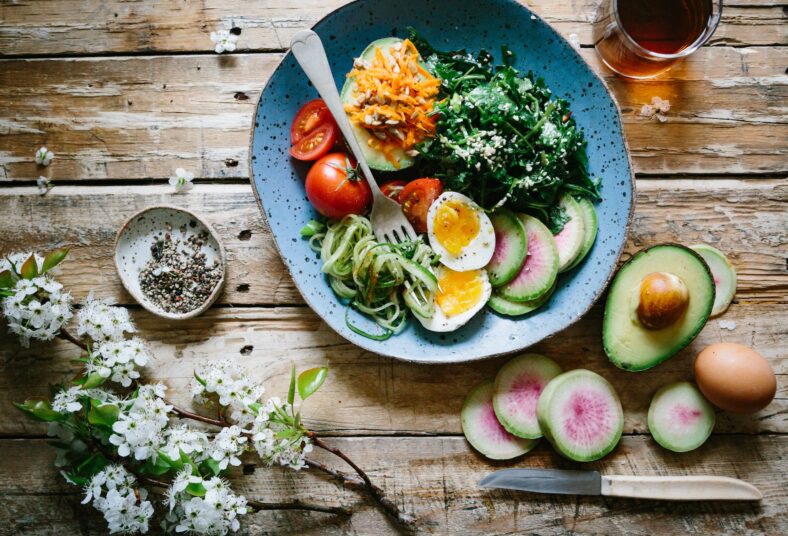
Eating healthy can lead to being satiated with smaller quantities of nutrient-rich food. So, quality over quantity. However, those with tight budgets may wonder if it’s possible to truly eat healthy without spending more than their current payment for food. Luckily, it is.
It can be easy to be drawn to inexpensive fast foods simply because they are cheap and quick. However, they are often full of empty calories, excessive carbs, and high sugars, leaving the individual hungry, tired, and weak. It is well worth it to make healthy foods a part of your regular diet, even if it means working with a tighter budget.
9. Cook Large Portions
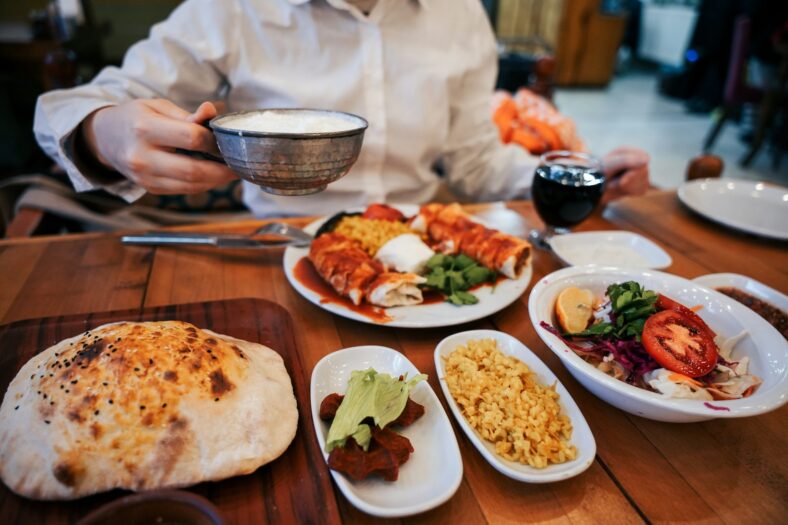
This might sound counter-intuitive at first, but it’s a great solution, especially if you’re just trying to feed yourself. Cooking larger portions is a great way to stretch out one meal into two days without thinking of more dinners.
Whether doubling a recipe or adding in a few more ingredients to make for a larger portion, there are several ways to create hearty leftovers that can fill you up. Doing this will help you start eating healthy on a tight budget as it saves you from cooking an added meal, whether lunch or dinner.
8. Buy Generic Brands

There’s an aesthetic with buying name brands, especially high-end brands, but when eating healthy on a tight budget, it’s best to buy generic. There’s little to no difference between them, as all food manufacturers follow the same safety guidelines. This can save you several dollars at checkout, and leave more money for other healthy food items.
Please note though that you should always check the product to make sure that there are no added allergens or lower quality ingredients listed.
CHECK OUT: 11 Healthiest Alcoholic Drinks, According to Nutritionists
7. Couponing

Like buying generic brands or purchasing items on sale, this is a great way to save some money when shopping, whether you’re working on healthy meals or not. While starting can be a bit tricky, if you follow through with it, it could become a natural thing that you do every week.
Couponing on various items might put you in a restriction of what you have to get each week, but thinking creatively and looking up simple recipes could help you save a lot and still purchase healthy ingredients, making it great to start eating healthy on a tight budget.
ALSO READ: The Best Brands of Bottled Water: A Guide to Quality and Taste
6. Buy Fruits and Vegetables When They Are in Season
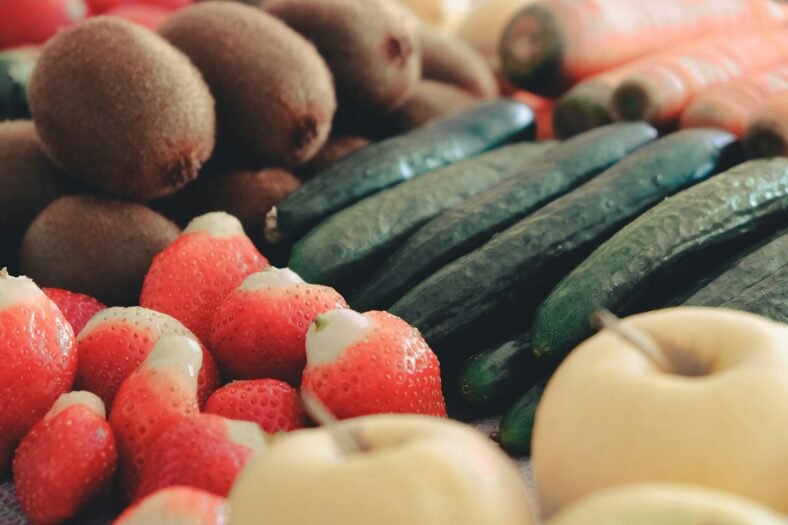
Fruits and vegetables that are in season are always less expensive than those that are not in season, and they often are fresher and taste much better as well. You can even explore local produce stands to see if their prices are cheaper than at the supermarket for more savings.
This means that it may be best to plan one’s meals around the availability of in-season foods, but this can be well worth it when one begins saving a considerable amount of money while still eating well.
5. Buy Frozen Fruits and Vegetables

Frozen fruits and vegetables can be natural and are often far cheaper than fresh fruits and vegetables. They also have more nutritional value, getting frozen at their peak instead of sitting in a grocery store for days.
Better yet, they won’t spoil as quickly as fresh fruits and vegetables, which means that you can stock up for months without fear of wasting money or food when you fail to use them immediately.
CHECK OUT: 9 Tips to Stretch Your Food Budget
4. Eat More Vegetables and Less Meat
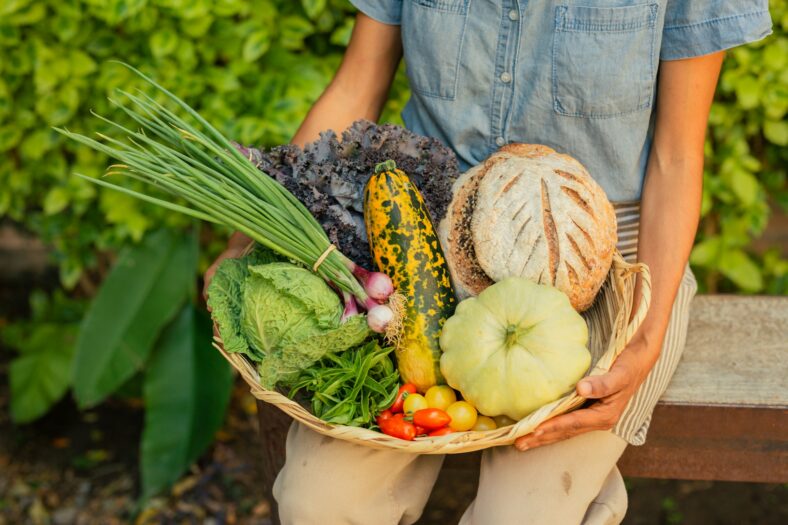
A simple walk through the vegetable and meat sections of your local grocery store will quickly demonstrate the fact that the former items are far less expensive than the latter. Furthermore, one does not need to have immense amounts of meat to gain the protein needed, as many vegetables have very high protein counts.
When buying meats, one should steer toward grass-fed beef, organic, free-range poultry, and wild-caught fish, which can drive the price tag up even further, and therefore such purchases can be well-balanced with many high-fiber, non-starchy, and healthy fat vegetables.
READ MORE: 10 Most Healthy Coffee Creamers
3. Shop Budget Proteins
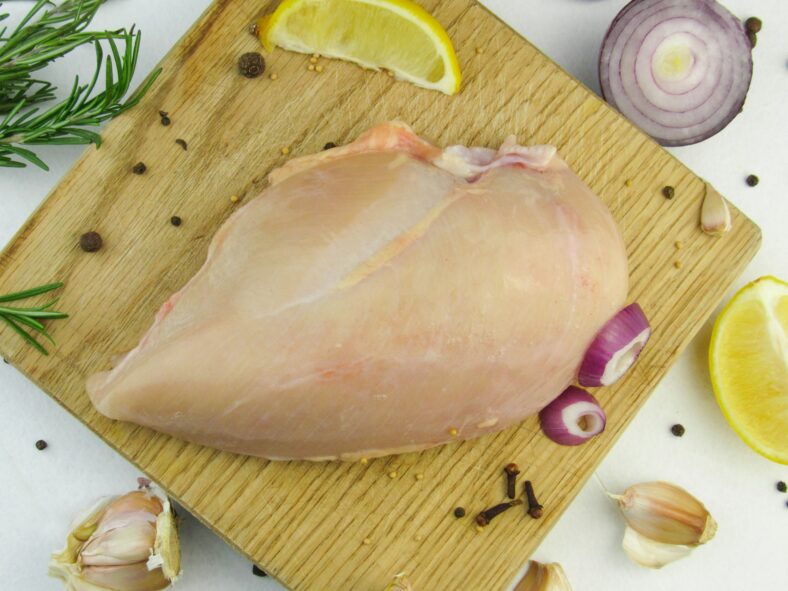
Proteins are something that you can’t replace in your meals. There are some great cheap proteins and even substitutions from actual meat that you can add to your daily meals to help you feel a bit fuller and healthier.
Some great options are chicken, beans or chickpeas, lentils and quinoa, tofu, eggs, and canned meats or fish. Some easier, sometimes missed ingredients could be peanut butter, oats, and milk, which make a great breakfast combined, and are a great way to start eating healthy on a tight budget.
2. Shop At Warehouse Stores for Bulk Buys

The interest in healthy foods and healthy eating has spread far and wide, spreading into warehouse stores where bulk buys can save an individual a considerable sum of money. It is extremely helpful, however, to make a list before shopping at a warehouse store so that you don’t get off course with the many bargain deals available.
It is also wise to make a detailed and specific meal plan so that you can ensure that whatever you buy in bulk will not spoil before use.
CHECK OUT: 8 Best Foods to Prevent Bloating
1. Eat Food That Are Rich in Fiber

Fiber can slow the process of gastric emptying, balance an individual’s blood sugar, curb cravings, and cause a rapid feeling of fullness. This essentially means that an individual who eats foods that are rich in fiber is more likely to eat less often and in smaller quantities, which means that less food must be purchased.
Some examples of fiber-rich foods include avocados, lentils, nuts, seeds, and leafy green vegetables. Adding just some of these to your meal plan can decrease shopping costs and keep you feeling energized throughout the day.
ALSO READ: 7 Ways to Feel Your Best in the Morning
Conclusion
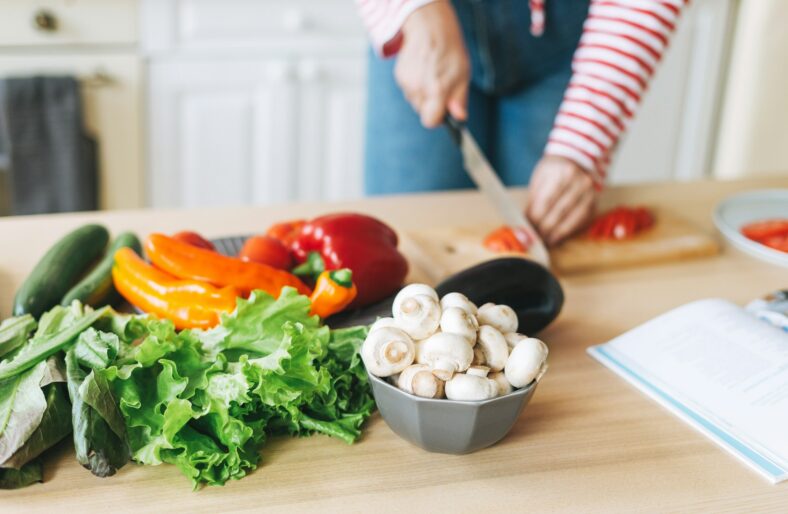
Initially, eating healthy on a tight budget can seem quite difficult as the individual tries to consider how they can purchase all the natural and organic foods at the high prices they are usually offered.
However, embarking upon this journey can soon open the door to many new ways that one can stretch their food budget as far as possible, without denying themselves the good foods they want and need.
